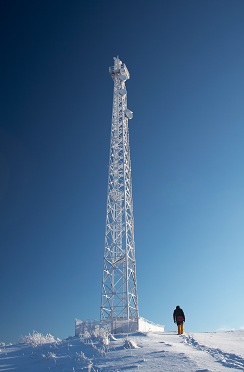Increasing energy efficiency in mobile networks

date: 05/08/2014
Project: Power consumption and CO2 footprint redu...
acronym: GREENNETS
See also: CORDIS
Contact: Contact
To decrease energy consumption in mobile phone and radio access networks, the GreenNets research team created an automated network management software tool that continuously adapts network activity to changes in the network traffic. This means networks can be switched off during quiet periods, saving energy. They also found ways to evaluate energy consumption in both busy and quiet times, giving mobile operators data on how to use their networks more efficiently. The researchers have achieved this without compromising the quality of service for the end users.
Today's mobile phone networks are designed to offer consumers flawless coverage during peak hours. However, optimising energy consumption to deal with increasing demand has not been factored into plans. Rafał Pisz, who was GreenNets project coordinator and currently managing director of software and consulting company DATAX in Wroclaw, Poland, wanted this to change.
“65% of communications interruptions are caused by power supply failures and 85% of them are discovered after more than 12 hours, due largely to customer complaints. Radio network solutions that improve energy efficiency are not only good for the environment, but they also make commercial sense for operators while supporting sustainable, profitable business,” explains Pisz.
GreenNets’s software tool is essentially a functional extension of the mobile phone providers’ already existing operational systems, which translates into no investment in new hardware or technology being necessary. Pisz expects that “every mobile network operator could start cutting energy costs, reducing CO₂ emissions and electro smog [electromagnetic radiation] in a matter of months.”
The GreenNets team’s future plans include approaching various mobile operators with their software solution. Compared with 2007 levels, the total electricity consumption of mobile networks is expected to triple by 2020, which means that GreenNets' efforts would be welcomed by mobile operators and consumers.
According to the International Telecommunication Union (ITU), there are 6.8 billion mobile subscriptions across the globe, which is equivalent to 96% of the world's population. This high figure does not, however, translate into the vast majority of the world's population actually having a mobile phone. As a result of this significant number of subscriptions, the high energy use contributes to soaring operational costs, increased CO₂ emissions, as well as excessive electro smog.
